Multimodal Transport
Online Professional Course in International Multimodal / Combined Transport
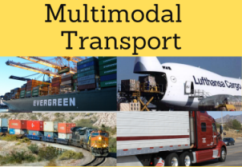
Structure of the Course “International Multimodal / Combined Transport” (5 ECTS) taught by EENI Global Business School:
- Introduction to the Multimodal / Intermodal / Combined Transport
- Key concepts related to the Multimodal transport: combined rail-road transport, rolling road, ro-ro, consolidation, transshipment.
- Intermodal transport chain and actors: shipper (exporter), freight forwarder, transport agent, carrier and consignee (importer). Multimodal Transport Operator (MTO)
- Multimodal Transport Units: semi-trailer, intermodal wagons (pocket, kangaroo, basket)
- Intermodal Loading Units (ILU): ISO container, swap body, semi-trailer
- Infrastructure and multimodal equipment: intermodal terminal, multimodal platform, nodal point (HUB), dry port, cranes
- UNCTAD/ICC Rules for Multimodal Transport Documents
- FIATA Multimodal transport documents
- Insurance and costs of the Multimodal Transport
- United Nations Convention on International Multimodal Transport of Goods of 1980
- Rotterdam Rules
- Road-Rail Combined Transport
- Trade Facilitation
- Multimodal and combined transport in the EU
- Combined Transport (CT) Directive
- Analysis of the EU Combined Transport
- European Multimodal Transport Corridors
- From the Piggy-Back Transport to an Intermodal Transport System
- Case study:
- Case Study: The Road-railway System (piggyback, Lohr UIC wagons) of the Lohr Group
- The Port of Algeciras (Spain): an intermodal logistics platform and a hub port in the Mediterranean
- Hong Kong: the world’s leading cargo transshipment hub
- Intermodal Terminal of the CFL Group (Luxembourg)
- The Sri Lanka Multimodal Transport Project
- Economic Impact of the Enhanced Multimodal Connectivity in the APEC Region
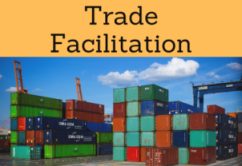
FIATA Multimodal transport documents
- Negotiable Combined Transport Bill of Lading (FBL)
- FIATA Multimodal Waybill FWB
- e-Bill of Lading
- Forwarders Certificate of Receipt (FCR)
- Forwarders Certificate of Transport (FCT)
- Warehouse Receipt
 Enrol / Request for Information
Enrol / Request for Information

- Credits: 5

- Duration: 5 weeks It is recommended to dedicate about twelve hours of study per week following a flexible schedule. It is possible to reduce the duration dedicating more hours a week
- Tuition Fees: EUR 120
- Open Online Enrollment
- Download the syllabus of the Course (PDF)
Languages: 
- Also available in For improving the international communication skills, the student has free access to the learning materials in these languages (free multilingual training).
 Transport Multimodal
Transport Multimodal  Transporte Multimodal
Transporte Multimodal
 Transporte Multimodal
Transporte Multimodal
Multimodal / Combined Transport
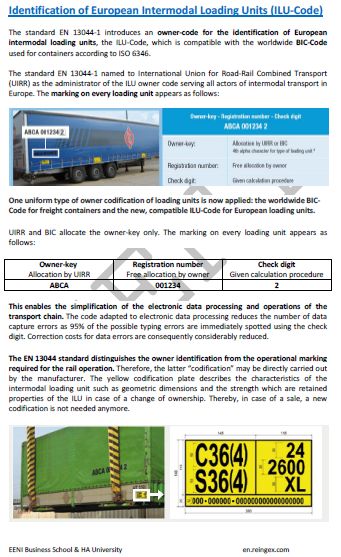
The objectives of the course are the following:
- To understand the importance of the Multimodal / combined transport in Foreign Trade
- To analyze the key concepts related to the Multimodal transport, main players of thee combined transport chain, multimodal transport and loading units as well as the necessary infrastructures and equipment
- To know how to use the UNCTAD / ICC Rules related to the Multimodal transport documents
- To analyze the different multimodal transport documents (FBL, FWB) of the FIATA
- To study the main conventions related to the Multimodal transport
- To analyze the combined transport in Europe

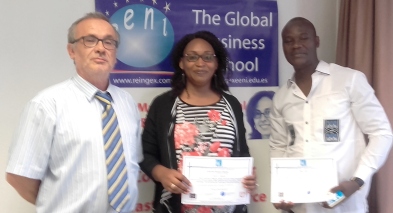
This course contains exercises that are evaluated, which the student must work out and pass to obtain the Diploma of the Professional Course: “in Multimodal / Combined Transport” issued by EENI Global Business School.
This course belongs to the following Higher Education Programs taught by EENI:Logistics Courses: Transport in Africa, Maritime transport, Rail transport, Air transport, Road transport, Marine Transport.
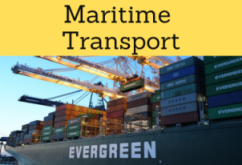
Diplomas: Foreign Trade, International Transport.
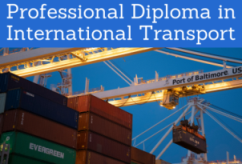
Masters: International Transport, Transport in Africa, International Business, Foreign Trade.
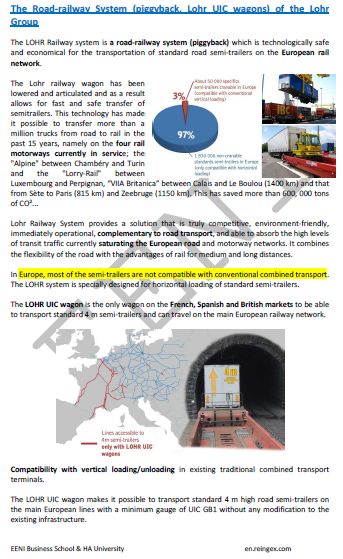
The Multimodal transport is the transport of cargo units with a different modes of transport (maritime, land, rail, etc.), under a single document and formalizing a single transport contract.
The definition according to the United Nations Convention on International Multimodal Transport of Goods:
“The transport of goods using at least two different modes of transport, under a multimodal transport contract, from a place located in a country in which the multimodal transport operator takes the products under its custody, to another place designated for the delivery, located in a different country.
The operations of pick-up and delivery of goods carried out in the performance of an unimodal transport contract, as defined in such contract, shall not be considered as international multimodal transport.”
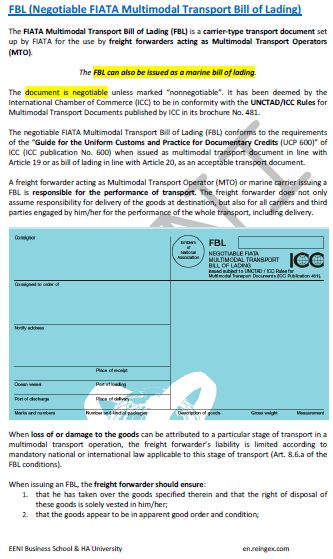
The key figure is the OTM (Multimodal Transport Operator), a natural or legal person that implements a multimodal transport contract acting as the principal, assuming the responsibility for the compliance with the contract.
For the multimodal transport, the document used is the FIATA Multimodal Bill of Lading (CTBL). This document is very similar to the B / L (Bill of Lading) of the Maritime Transport.
FIATA: International Federation of Freight Forwarders Associations.
The products carried by the multimodal transport are usually palletized or containerized. The advantages of using a container are:
- Loading and unloading time is reduced up to 70%
- Manual operations of the stevedores are reduced up to 70%
- The possibility of damages and thefts is reduced
- Delivery periods and carriage charges are reduced
- Paperwork is simplified
- A better tracking of the products in transit is provided (electronic services)
Related topics:
- Incoterms - International Road Transport Union (IRU)
- Trans-African Road Network: Lobito Corridor - Northern Corridor - Asia-Africa Growth Corridor
Case studies related to the Multimodal transport available in French:
- DELTA 3 (Multimodal and logistics platform of Dourges Nord - Pas de Calais)
- Dry port of Bobo Dioulasso (Burkina Faso)
- Interstate Convention on Multimodal Freight Transport (OHADA)
Case studies related to the Multimodal transport available in Spanish:
- Multimodal transport in Latin America (Iberian America)

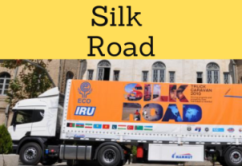
- Almaty-Bishkek Corridor
- Bangladesh-Myanmar Corridor
- China-Russia Corridor
- China-Pakistan Corridor
- China-Central-West Asia Corridor
- India-Afghanistan Corridor
- Europe-Caucasus-Asia Corridor
- Corridor of the Ashgabat Agreement
- Trans-Siberian Railway (Russia, North Korea)
- North-South Corridor (India-Russia)
- Afghanistan-Turkey Corridor
- Trans-Caspian Corridor
- East-West Corridor (Myanmar-Vietnam)
- Kyrgyzstan-Iran Corridor
- Islamabad-Istanbul Corridor
- Nanning-Singapore Corridor

- Atlantic Corridor
- Baltic-Adriatic Corridor
- North Sea-Baltic Corridor
- North Sea-Mediterranean Corridor
- Mediterranean Transport Corridor
- Eastern Europe-Eastern Mediterranean Transport Corridor
- Scandinavian-Mediterranean Transport Corridor
- Rhine-Alpine Transport Corridor
- Rhine-Danube Transport Corridor
- Strasbourg-Danube Transport Corridor
- Pan-European Corridor II
- Pan-European Corridor IX
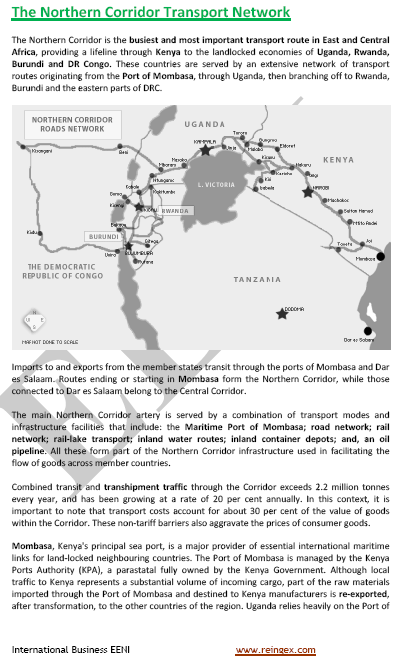


International Guidelines on Safe Load Securing for Road Transport.


